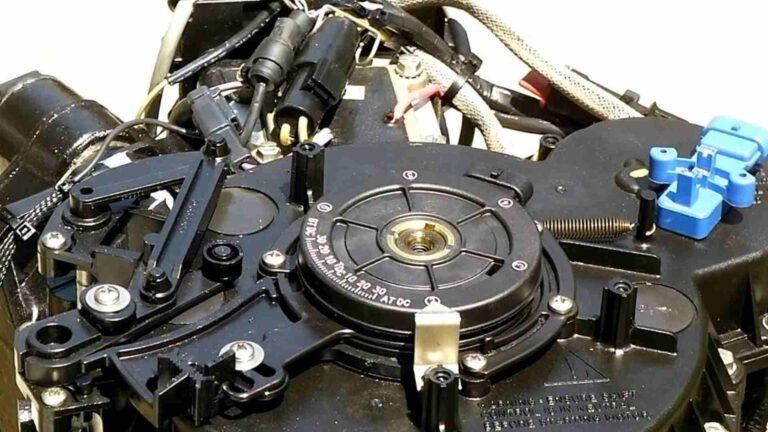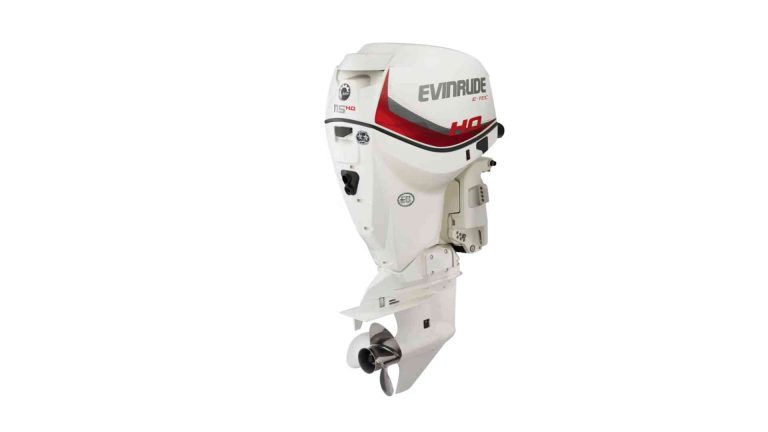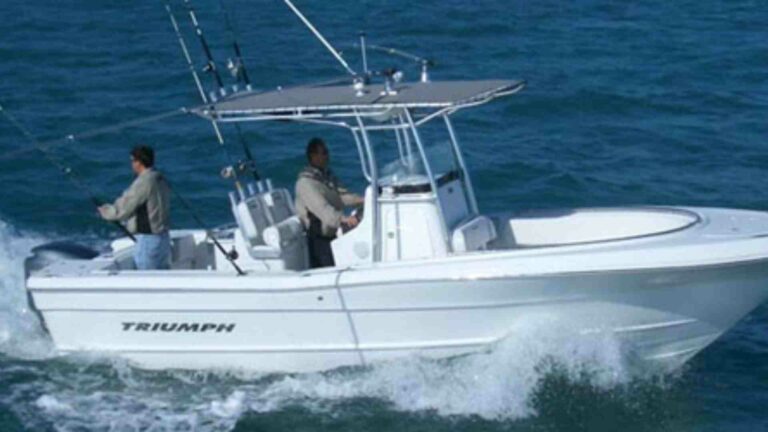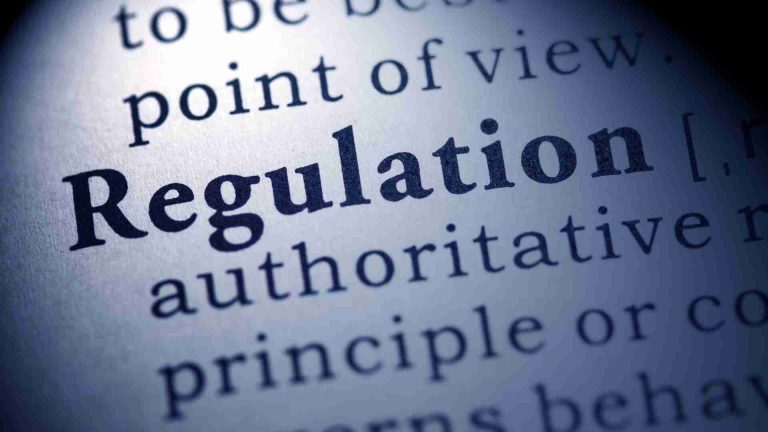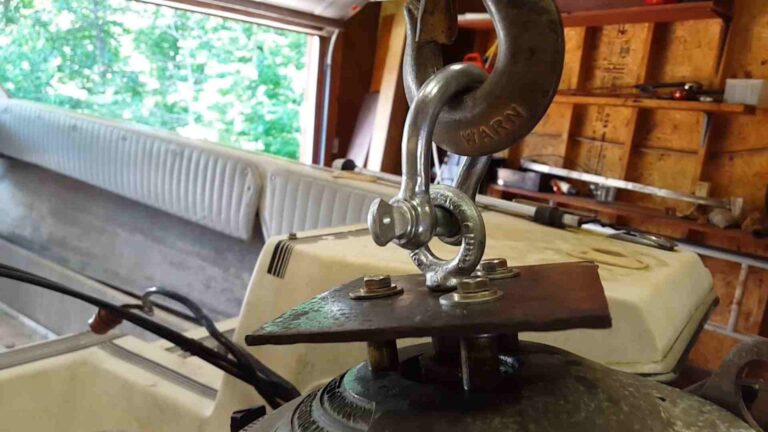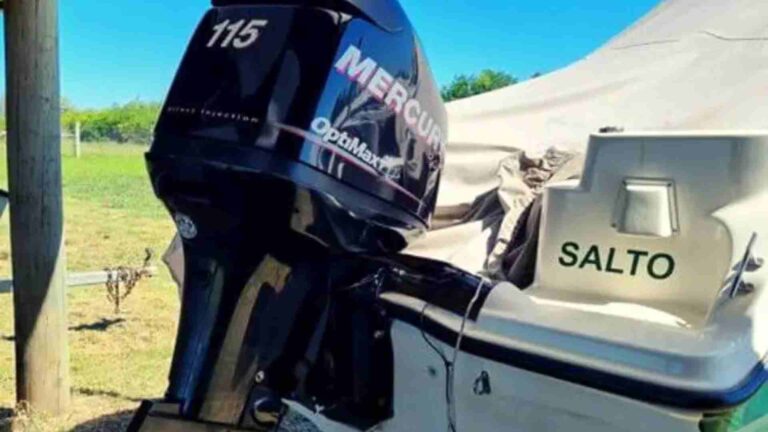Parts of a Sailboat
The allure of sailing lies in the harmonious dance between wind and water, propelling sailboats on mesmerizing voyages across the open seas. However, before one can hoist the sails and embark on a maritime journey, it is essential to understand the intricacies of a sailboat’s anatomy.
In this article, we will delve into the captivating world of sailboats, unravelling the essential parts that compose these graceful vessels, allowing them to gracefully navigate the vast expanse of the ocean.
From the towering mast that reaches for the heavens to the delicate rigging that weaves the sails into the wind’s embrace, each component plays a vital role in the enchanting symphony of sailing. Whether you are an aspiring sailor or a seasoned mariner, join us on this enlightening voyage as we uncover the secrets behind the anatomy of a sailboat.
Hull and Deck
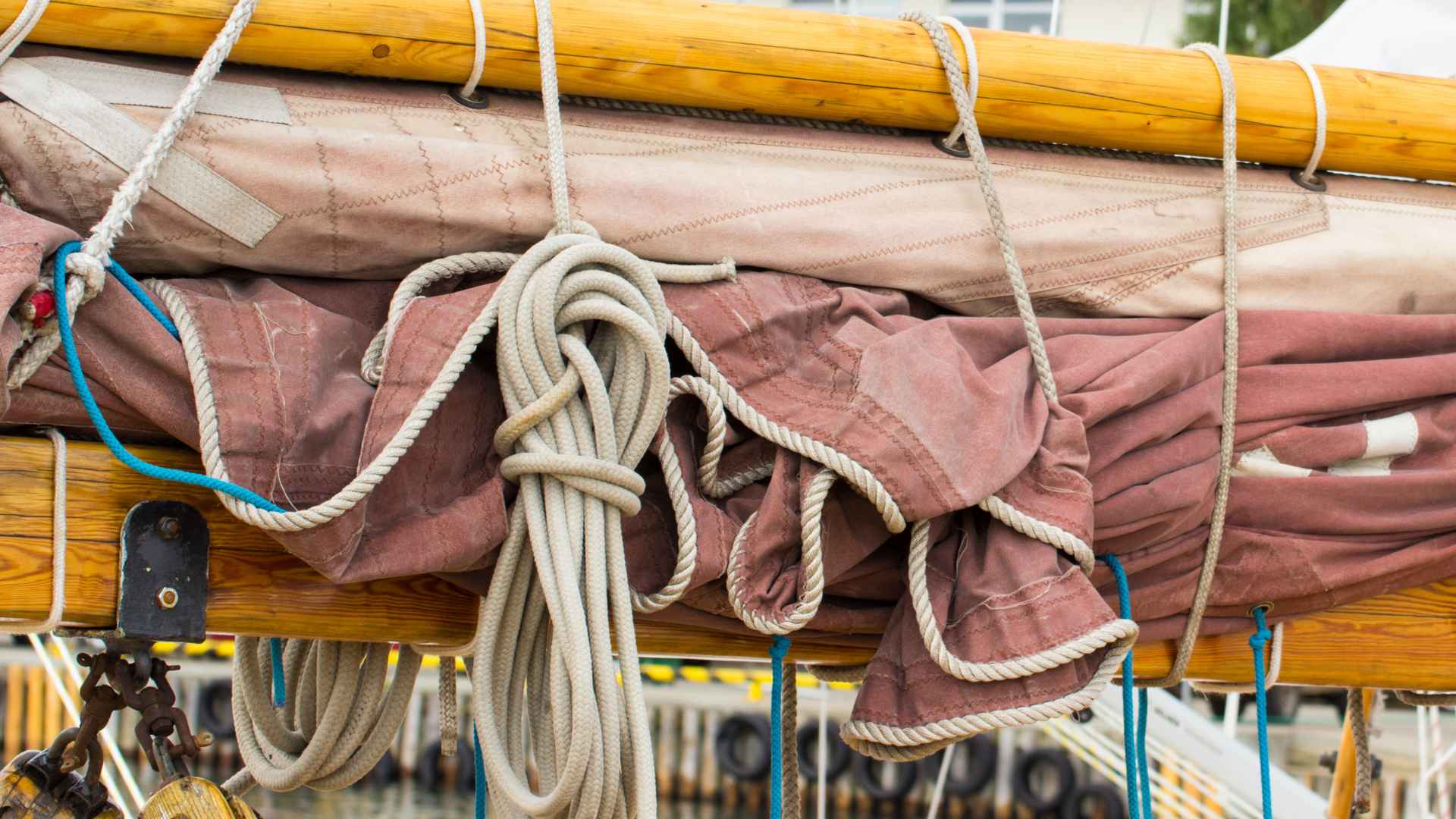
The hull of a sailboat is its foundational structure, serving as the backbone of the vessel. It is the part of the boat that interacts directly with the water, providing buoyancy and stability as it glides through the waves. Understanding the hull is essential for any sailing enthusiast, as it forms the basis of a sailboat’s design and performance.
The hull is typically made of a sturdy and watertight material, such as fiberglass, wood, aluminum, or even carbon fiber in high-performance racing boats. Its shape and design are carefully crafted to optimize the boat’s performance in different water conditions, ensuring a smooth and efficient sailing experience.
One of the primary functions of the hull is to provide buoyancy, allowing the boat to float on the water’s surface. It displaces water equal to its own weight, creating an upward force that keeps the boat afloat. This buoyancy is essential for the stability and safety of the sailboat.
Stability is another crucial aspect of the hull. Sailboats are designed to resist tipping over or capsizing, and the hull’s shape plays a significant role in achieving this stability. Sailboats can have either a monohull or a multihull design. Monohull sailboats have a single hull, while multihull sailboats, such as catamarans or trimarans, have two or more hulls. Each design has its advantages and characteristics, influencing the boat’s stability, speed, and comfort.
In addition to providing buoyancy and stability, the hull also houses various compartments and storage areas, including the cabin, where sailors can find shelter and accommodation during longer journeys. The deck, which is the upper surface of the hull, provides a platform for crew members to move around and perform various tasks while aboard the sailboat.
The hull and deck work together harmoniously to create a seaworthy vessel, capable of withstanding the forces of wind and waves. Whether you’re a seasoned sailor or a curious novice, understanding the importance of the hull is the first step toward unlocking the secrets of sailing and embracing the wonders of the open water.
What are the different hull types, such as monohull and catamaran, and their characteristics?
When it comes to sailboats, there are different hull types to choose from, each with its own unique characteristics and advantages. The two main types of sailboat hulls are monohull and catamaran. Let’s explore these hull types and their distinguishing features:
Monohull:
Monohull sailboats have a single hull, which is a single, continuous structure that runs from bow to stern. Monohulls are the most common type of sailboats and have been used for centuries. They offer several advantages:
- Versatility: Monohulls are versatile and well-suited for various sailing conditions, from calm coastal waters to rough offshore passages.
- Excellent upwind performance: Monohulls generally perform well when sailing upwind due to their ability to cut through the water and tack efficiently.
- Comfortable heeling: Monohulls have a natural tendency to heel, or lean to one side, which some sailors find enjoyable and exhilarating.
- Ample storage space: Monohulls often provide more interior space, including cabins, galleys, and storage compartments, making them suitable for longer journeys or living aboard.
Catamaran:
Catamarans have two hulls connected by a bridge or deck, creating a wide and stable platform. Catamarans have gained popularity in recent years, particularly for cruising and charter purposes. Here are some key characteristics:
- Stability: Catamarans offer exceptional stability, both at anchor and underway. The wider platform reduces heeling and provides a more comfortable experience, particularly for those prone to seasickness.
- Spaciousness: Catamarans generally have a larger interior living space, including multiple cabins, saloons, and outdoor areas. This extra space makes them popular for long-term cruising and leisure activities.
- Shallow draft: Catamarans have a shallower draft compared to monohulls, allowing them to navigate in shallower waters and access anchorages that may be inaccessible to deeper-draft boats.
- Speed potential: Due to their design and reduced drag, catamarans can achieve higher speeds, particularly reaching or running with the wind. This makes them popular among performance-oriented sailors.
Both monohulls and catamarans have their merits and are suitable for different sailing preferences and conditions. Ultimately, the choice between them depends on factors such as personal preferences, intended use (racing, cruising, chartering), and the specific requirements of your sailing adventures.
Whichever hull type you choose, the hull is the backbone of your sailboat, providing stability, buoyancy, and the foundation for an enjoyable and safe sailing experience.
What is the purpose and features of the deck?
The deck of a sailboat is the horizontal surface that covers the top of the hull. It serves several important purposes and is designed with various features to enhance functionality and safety. Let’s explore the purpose and key features of the deck:
- Cockpit: The cockpit is a designated area on the deck where the helmsperson controls the sailboat. It typically includes a steering wheel or tiller, compass, and various controls for sails, such as sheets and halyards. The cockpit provides a comfortable and secure space for the helmsperson to maneuver the boat and adjust while maintaining a clear view of the surroundings.
- Hatches: Hatches are openings on the deck that provide access to the interior compartments of the sailboat. They allow for ventilation, natural light, and access to storage areas, cabins, and engine compartments. Hatches are typically fitted with watertight seals to prevent water from entering the boat in rough seas or during heavy rain.
- Winches: Winches are mechanical devices mounted on the deck used to handle lines (ropes) on a sailboat. They provide mechanical advantage and make it easier to control and adjust the tension of the sails. Winches are commonly used for raising and trimming sails, adjusting the tension of halyards, and controlling the position of lines such as sheets and reefing lines.
- Cleats and Clutches: Cleats and clutches are deck fittings used to secure lines in place. Cleats are usually metal or plastic fixtures with two or more horns where lines can be wrapped or tied off to keep them secure. Clutches are cam-shaped devices that grip lines when engaged, allowing for easy adjustment and locking of lines without the need for tying knots.
- Toe Rails and Lifelines: Toe rails are raised ridges or rails running along the edge of the deck, primarily designed to provide foot support and prevent crew members from slipping overboard. Lifelines are horizontal safety lines that run along the perimeter of the deck, usually supported by stanchions. They serve as a barrier and help prevent crew members from falling off the boat.
Other deck features may include cleats, padeyes (attachment points for lines and hardware), handrails for stability, and various equipment for anchoring, such as anchor rollers and windlasses.
The deck is an essential component of a sailboat, providing a safe and functional platform for the crew. Its design and features are carefully considered to ensure comfort, control, and accessibility during sailing adventures.
Mast and Rigging

The mast is a fundamental component of a sailboat, serving as the vertical structure that supports the sails and plays a crucial role in the propulsion of the boat. Let’s delve into the characteristics and functions of the mast:
- Structure and Material: The mast is typically a tall, vertical spar made of materials such as aluminum, carbon fiber, or wood. It is designed to withstand the forces exerted by the wind on the sails and transfer them to the hull.
- Height and Length: The height and length of the mast can vary depending on the size and type of sailboat. Larger sailboats generally have taller masts to accommodate larger sail areas and provide more power and speed. Smaller sailboats, like dinghies or day sailors, have shorter masts.
- Step: The mast is stepped or secured at the bottom to the deck or keel of the sailboat. The step provides stability and ensures that the mast remains in an upright position.
- Spreaders: Spreaders are horizontal crossbars attached to the mast to prevent it from bending excessively under the pressure of the sails. They also help maintain the correct angle and shape of the shrouds (rigging wires that support the mast from the sides) and aid in distributing the forces evenly.
- Masthead and Headboard: The masthead is the topmost part of the mast, where various components, such as the sheaves for halyards (lines used to raise and lower sails) and the attachment point for the forestay (rigging wire that supports the front of the mast), are located. The headboard is a plate or fitting attached to the top of the mainsail, which slides into a track on the mast and helps secure the sail in position.
- Mast Tracks: Mast tracks are vertical grooves or slots running along the front of the mast. They allow the sails to be raised, lowered, and adjusted to different heights by means of halyards and sail slides.
The mast, along with its accompanying rigging, is an integral part of a sailboat’s propulsion system. It provides support for the sails, allowing them to capture the energy of the wind and transfer it into forward motion. The mast’s height, step, spreaders, and other components work together to ensure stability, proper sail shape, and efficient power transfer, contributing to the sailboat’s performance and maneuverability.
Let’s explore the various types of masts commonly found on sailboats:
Single-Masted:
- Single-masted rigs are the most common and versatile type of sailboat rigging. They feature a single mast that rises vertically from the deck.
- Single-masted rigs can support a variety of sail configurations, including a mainsail and one or more headsails (jibs or genoas).
- This rig is suitable for different types of sailboats, ranging from small day sailors to larger cruising and racing vessels.
Double-Masted:
- Double-masted rigs, also known as ketch or yawl rigs, consist of two masts: a main mast and a smaller mizzen mast located aft of the main mast.
- The mizzen mast is shorter than the main mast and is often positioned near the stern.
- Double-masted rigs provide additional sail area and flexibility in sail combinations, allowing for better balance and maneuverability.
- These rigs are commonly found on cruising sailboats and can handle a wide range of wind conditions.
Fractional Rigs:
- Fractional rigs are characterized by a mast that is shorter than the boat’s overall length.
- The mast is positioned further aft, and the forestay (rigging wire that supports the front of the mast) is attached at a point lower than the masthead.
- Fractional rigs offer increased control and versatility, making them popular on performance-oriented sailboats and racing yachts.
- They allow for easy adjustment of sail shape and balance, optimizing performance in different wind conditions.
Each type of rig offers its own advantages and characteristics. Single-masted rigs are versatile and suitable for various sailing applications. Double-masted rigs provide additional sail area and enhance maneuverability. Fractional rigs offer enhanced control and performance for competitive sailing. The choice of rig type depends on factors such as the boat’s size, intended use, and personal preferences of the sailor.
It’s important to note that there are additional rig variations beyond the ones mentioned here, including schooners, sloops, cutters, and more. Each rig type has its own unique features, and sailors often select the rig that best suits their sailing style, preferences, and the specific demands of their sailing adventures.
What are the key rigging components such as shrouds, stays, halyards, and sheets, and their functions?
Rigging refers to the network of wires, lines, and fittings that hold and control the sails on a sailboat. It plays a crucial role in maintaining the integrity of the mast and ensuring efficient sail handling. Let’s take a closer look at the components of rigging:
- Shrouds: Shrouds are thick stainless-steel wires or cables that extend from the mast to the sides of the boat. They provide lateral support and prevent excessive side-to-side movement of the mast. Shrouds help maintain the integrity and stability of the mast.
- Stays: Stays are like shrouds but are positioned fore and aft to control the forward and backward movement of the mast. The forestay is a forward-facing stay that connects the mast to the bow of the boat. Backstays, or backstay in the case of a single-masted rig, connect the top of the mast to the stern of the boat. Stays help counterbalance the forces exerted by the sails and provide additional support and stability to the mast.
- Halyards: Halyards are lines (ropes) used to raise and lower the sails. They are typically attached to the head (top) of the sails and run through pulleys or blocks. The main halyard is used to raise the mainsail, while jib halyards are used for headsails. Spinnaker halyards are used for spinnaker sails. By adjusting the tension of the halyards, sailors can control the position and shape of the sails.
- Sheets: Sheets are lines used to control the trim and shape of the sails. They are attached to the clew (lower aft corner) of the sails and run through blocks or winches. The mainsheet controls the mainsail, while jib sheets control the headsails. Spinnaker sheets are used for controlling spinnaker sails. By adjusting the tension and angle of the sheets, sailors can optimize the sail shape and adjust the power and efficiency of the sails.
- Blocks and Pulleys: Blocks and pulleys are essential components of the rigging system. They consist of one or more grooved wheels with a central axle. Lines are threaded through these wheels to change the direction and increase mechanical advantage when tensioning or releasing the rigging. Blocks and pulleys allow for smooth and efficient movement of the lines and reduce the effort required to control the sails.
These rigging components work together to hold and control the sails, allowing sailors to adjust their position, shape, and tension. By manipulating the shrouds, stays, halyards, and sheets, sailors can optimize the performance of their sailboat and adapt to changing wind conditions. Understanding and effectively using the rigging is crucial for safe and efficient sail handling.
Sails and Sail Controls
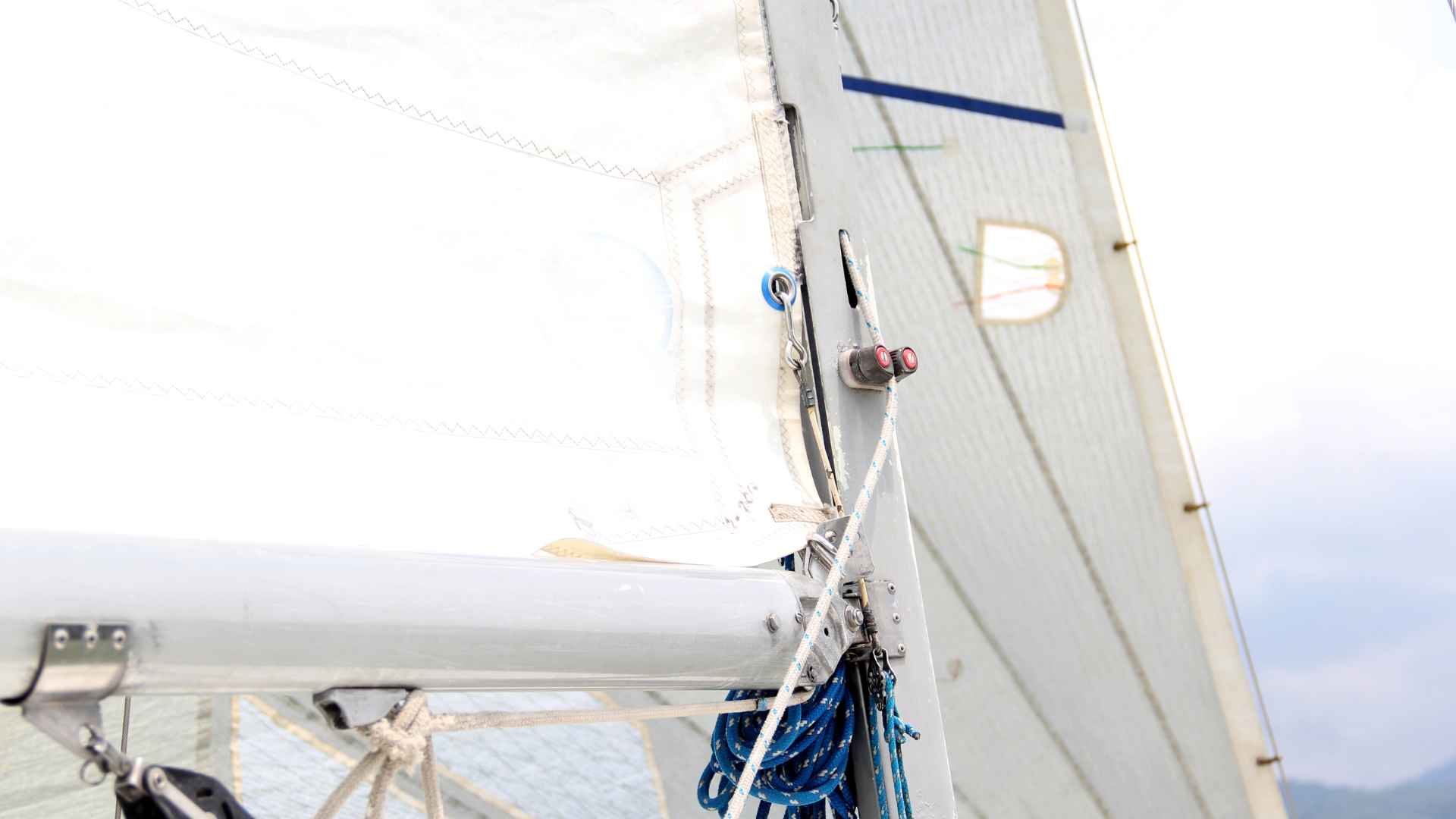
Sails, with their billowing canvas catching the wind, are the beating heart of a sailboat. They serve as the primary means of propulsion, transforming the invisible force of the wind into forward motion. The elegance and power of sails have allowed sailors to explore the world’s oceans for centuries, harnessing nature’s energy to embark on incredible journeys.
Sails come in various shapes and sizes, each designed to suit different sailing conditions and purposes. The mainsail is the largest and most significant sail, typically positioned behind the mast. It captures the wind from behind the boat and drives the vessel forward. Attached to the mast and boom, the mainsail can be adjusted to optimize its shape and angle to the wind, maximizing the boat’s speed and efficiency.
In addition to the mainsail, sailboats often have headsails, such as jibs or genoas, located near the bow of the boat. Headsails are smaller and more maneuverable than the mainsail, enhancing the sailboat’s performance and allowing it to sail closer to the wind. These sails are typically used in conjunction with the mainsail to provide additional power and control.
Specialty sails, such as spinnakers, are designed for specific sailing conditions and maneuvers. Spinnakers are large, colorful sails shaped like a balloon, which are used when sailing downwind or on a broad reach. They capture the wind from the front of the boat, significantly increasing the sail area and generating extra speed.
Sail controls play a vital role in managing the position, shape, and trim of the sails. Sail controls include various systems and mechanisms that allow sailors to adjust the sails to achieve optimal performance. These controls can include:
- Boom: The boom is a horizontal spar that extends aft from the mast and supports the foot (lower edge) of the mainsail. It helps control the shape and position of the sail.
- Traveler: The traveler is a movable track mounted on the deck or cockpit. It allows for lateral movement of the mainsheet and helps control the angle of the mainsail relative to the boat’s centerline.
- Cunningham: The cunningham is a control line attached to the luff (leading edge) of the mainsail. It allows sailors to tension the sail’s luff, flattening the sail and reducing its draft in stronger winds.
- Outhaul: The outhaul is a control line that adjusts the tension along the foot of the mainsail. By adjusting the outhaul, sailors can control the depth and shape of the sail.
- Reefing System: Reefing systems are used to reduce the area of the sails in strong winds. They allow sailors to partially lower or roll up the sails, reducing their overall size and power.
By skillfully adjusting these sail controls, sailors can optimize the shape, angle, and power of their sails, enabling them to sail efficiently, maintain control in varying wind conditions, and extract maximum speed from their sailboat.
Sails are not only functional but also beautiful, filling the horizon with their graceful forms. They capture the spirit of adventure, freedom, and the timeless allure of the sea. Understanding the intricacies of sails and their controls is essential for harnessing the wind’s power and unlocking the full potential of a sailboat’s performance.
Steering a sailboat and navigating the waters require a combination of skill, knowledge, and the right equipment. Let’s explore the steering system, the role of the rudder, and the essential navigation instruments used on sailboats.
The steering system of a sailboat allows the helmsperson to control the direction of the boat. Depending on the boat’s design, you will find either a tiller or a wheel as the primary steering mechanism. The tiller is a long handle connected directly to the rudder, while the wheel is a circular device linked to a steering mechanism that transfers the movement to the rudder. By manipulating the tiller or turning the wheel, the helmsperson can steer the sailboat left or right, adjusting its course according to the wind and navigational needs.
The rudder, located beneath the waterline at the stern of the sailboat, plays a crucial role in maneuvering the boat. It is a vertical or horizontal fin-like structure that can be rotated from side to side. When the helmsperson steers the boat, the rudder responds, creating resistance against the water and redirecting the boat’s movement. By adjusting the angle of the rudder, the helmsperson can control the boat’s heading, making it possible to tack (change direction across the wind) or jibe (change direction with the wind from behind). The rudder is a fundamental component of sailboat control and is critical for maintaining stability and maneuverability.
In addition to steering, navigation instruments and equipment are essential for safe passage on the water. Here are a few key tools commonly found on sailboats:
- Compass: A compass is a navigational instrument that indicates the boat’s heading in relation to magnetic north. It provides a reliable reference point for maintaining a desired course and navigating with accuracy, even in the absence of electronic devices.
- GPS (Global Positioning System): GPS is a satellite-based navigation system that allows sailors to determine their precise location on the earth’s surface. GPS units on sailboats provide real-time positioning, speed, and course information, enhancing navigational accuracy and safety.
- Depth Sounder: A depth sounder, also known as a depth finder or echo sounder, measures the depth of the water beneath the sailboat. It helps sailors avoid shallow areas or underwater hazards, ensuring safe navigation.
- Charts: Nautical charts are maps specifically designed for navigation on the water. They provide important information about water depths, navigational aids, landmarks, and other details essential for planning and following a safe course. Charts are still a valuable tool, even with the advent of electronic navigation systems.
These are just a few examples of the many navigation instruments and equipment available to sailors. Depending on the complexity of the sailboat and the navigational requirements, additional tools such as radar, AIS (Automatic Identification System), wind instruments, and electronic chart plotters can also be found onboard.
Steering the sailboat and navigating the waters require a combination of traditional seamanship skills and modern technology. By mastering the steering system, understanding the role of the rudder, and utilizing navigation instruments effectively, sailors can confidently explore the seas, navigate challenging environments, and reach their destinations safely and efficiently.
Auxiliary Power and Safety Equipment
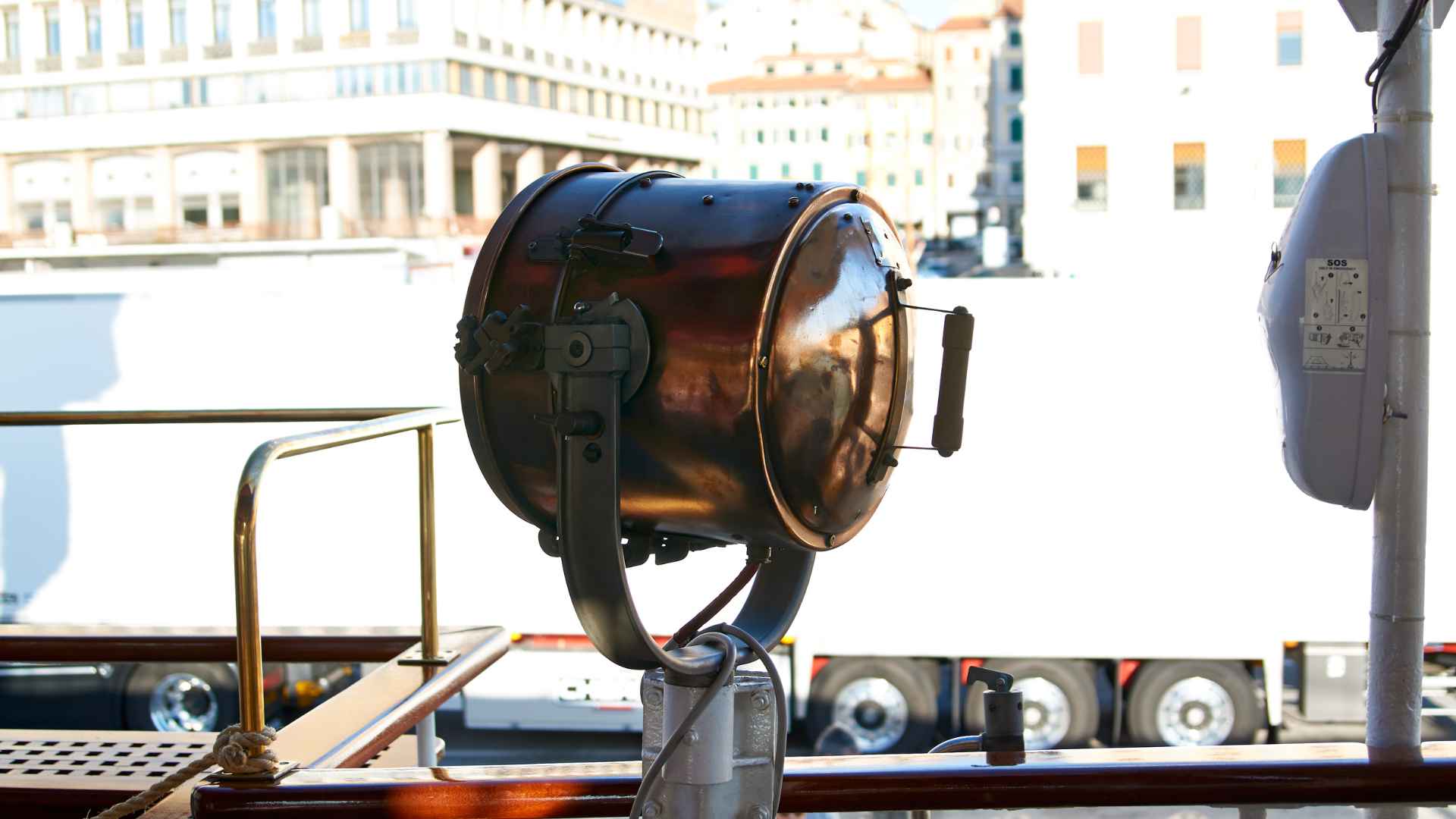
While sailboats primarily rely on the power of the wind to propel them, many sailboats are equipped with auxiliary power systems to provide additional maneuverability when needed. These auxiliary power systems typically consist of either an inboard or outboard engine.
An inboard engine is integrated into the hull of the sailboat and is positioned below deck. It offers advantages such as increased power, better fuel efficiency, and reduced noise compared to outboard engines. Inboard engines are typically larger and provide more torque, making them suitable for larger sailboats or those that frequently navigate in challenging conditions or against strong currents.
On the other hand, outboard engines are portable and mounted externally on the stern of the sailboat. They are versatile, lightweight, and easy to maintain. Outboard engines are popular among smaller sailboats or those that require occasional motorized propulsion.
The auxiliary power system, whether inboard or outboard, serves as a backup when wind conditions are light or during precise maneuvers in tight spaces, such as docking or maneuvering in crowded marinas. It provides sailors with increased control and helps ensure the safety of the vessel and its occupants in situations where sail power alone may be insufficient.
In addition to auxiliary power, ensuring the presence of proper safety equipment is crucial for any sailboat. Safety equipment helps to mitigate risks and ensure the well-being of everyone on board. Here are some essential safety items that should be present on a sailboat:
- Life jackets: Every person on board should have access to a properly fitting life jacket or personal flotation device (PFD). Life jackets are designed to keep individuals afloat and provide buoyancy in case of accidental falls overboard or emergencies.
- Fire extinguishers: Sailboats should be equipped with fire extinguishers suitable for extinguishing different types of fires. It’s important to have them readily accessible in case of a fire onboard.
- Distress signals: Distress signals, such as flares or electronic signaling devices, are crucial for attracting attention and signaling distress in emergency situations. These signals can aid in alerting nearby vessels or rescue services for assistance.
- Navigation lights: Sailboats must have properly functioning navigation lights, especially when operating during low visibility conditions or at night. Navigation lights allow other vessels to identify the sailboat’s position and determine the direction it is heading.
Complying with boating regulations regarding safety equipment is not only a legal requirement but also crucial for the well-being and security of everyone on board. It is essential to regularly inspect and maintain safety equipment to ensure it is in proper working condition and easily accessible in case of an emergency.
By understanding the role of auxiliary power systems and prioritizing the presence of essential safety equipment, sailors can navigate with confidence, knowing they have the necessary resources to handle various situations that may arise during their sailing adventures.
As we continue our journey through the anatomy of a sailboat, we uncover more elements that contribute to the joy and safety of sailing. Join us as we delve further into the intricacies of sailboat components and explore the secrets that make sailing a remarkable and secure experience.
Watch Parts of the boat and what they do | Video
What is the purpose of the mast on a sailboat?
The mast is the tall vertical structure on a sailboat that supports the sails. Its main purpose is to capture and harness the power of the wind, providing propulsion to the sailboat.
What are the different types of sails on a sailboat?
Sailboats have various types of sails, including the mainsail, headsail (jib/genoa), and specialty sails like spinnakers. The mainsail is the primary sail attached to the main mast, while the headsail is located at the front of the boat. Spinnakers are large, lightweight sails used for sailing downwind.
What are some important sail controls on a sailboat?
Sail controls play a crucial role in adjusting the shape and angle of the sails for optimal performance. Key sail controls include the boom, traveler, cunningham, outhaul, and reefing systems. The boom holds the foot of the mainsail, while the traveler allows sideways movement of the boom. The cunningham, outhaul, and reefing systems help control the tension and shape of the sails.
What is the purpose of the rudder on a sailboat?
The rudder is a vital component located beneath the waterline at the stern of the sailboat. Its primary purpose is to steer and maneuver the sailboat by redirecting the flow of water, allowing the helmsperson to control the direction of the boat.
What safety equipment should be on a sailboat?
Essential safety equipment on a sailboat includes life jackets or personal flotation devices (PFDs) for all passengers, fire extinguishers, distress signals such as flares or electronic signaling devices, and navigation lights. These items help ensure the safety of the crew and comply with boating regulations.
Conclusion
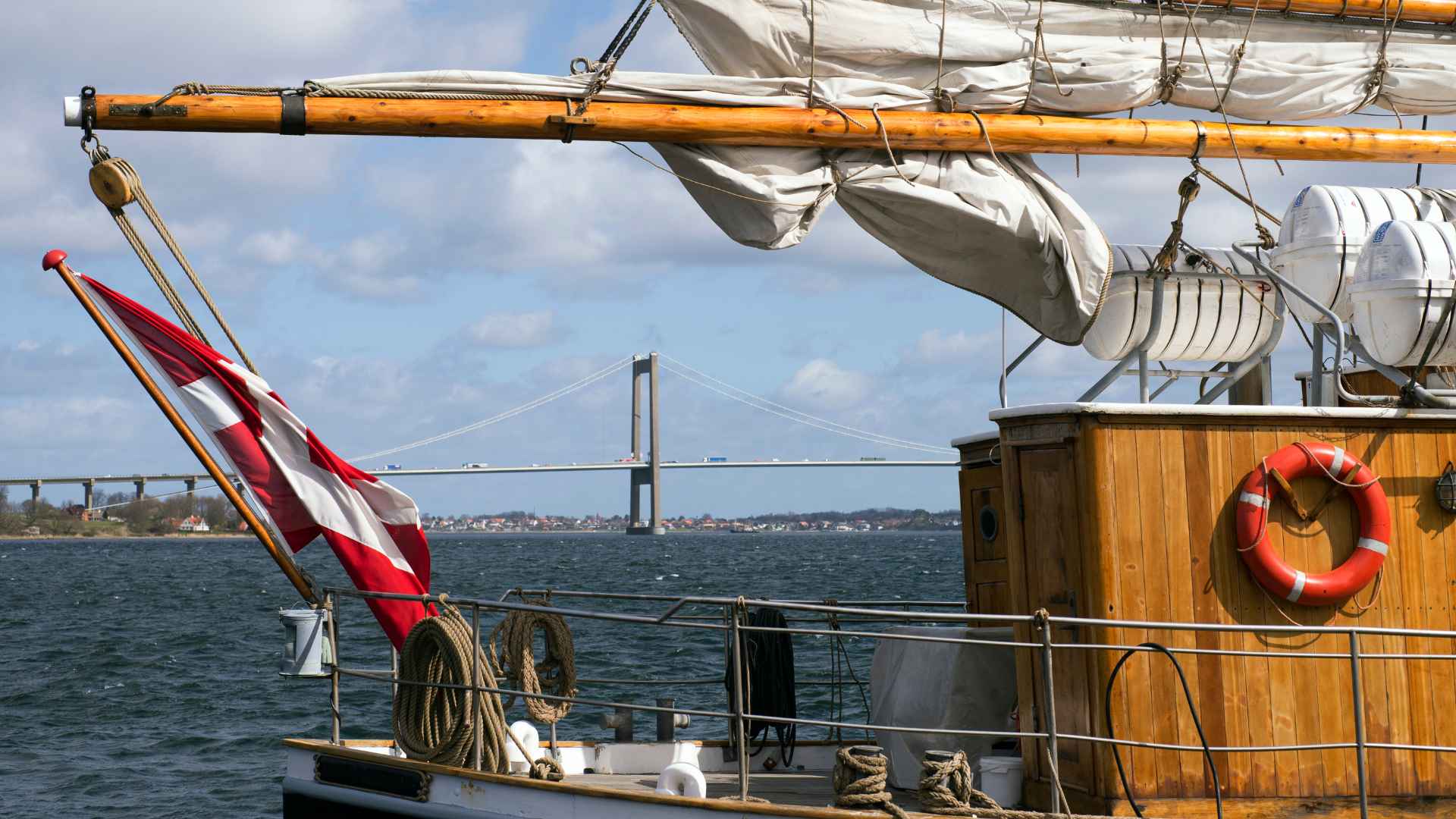
Understanding the various parts of a sailboat is fundamental to appreciating the art and science of sailing. From the sturdy hull and towering mast to the intricate rigging, sails, and navigation equipment, each component plays a vital role in the operation and performance of a sailboat.
We have explored the different types of hulls, the significance of the mast and rigging, and the versatility of sails and sail controls. We have also touched upon the importance of steering systems, the role of the rudder, and the essential safety equipment necessary for a safe and enjoyable sailing experience.
By recognizing the interconnectedness of these parts, we gain a deeper appreciation for the synergy between wind, water, and the intricate machinery of a sailboat. The thrill of harnessing the wind and propelling a vessel through the water becomes all the more captivating.
Whether you aspire to be a sailor, are already familiar with sailboats, or simply have a curiosity for the sea, there is always more to learn and discover. Dive into the world of sailing, explore the intricacies of sailboat design, and embrace the countless adventures that await on the open water.
So, hoist your sails, trim your sheets, and set a course for a lifetime of discovery. Let the wind guide you as you embark on your own sailing journey, where the beauty of nature and the art of sailing unite in a symphony of motion and tranquility.
Share What Are the Parts of a Sailboat and What They Do? Guide with your friends and Leave a comment below with your thoughts.
Read Is Boat Insurance Required in Michigan: Boat Owners Guide until we meet in the next article.
